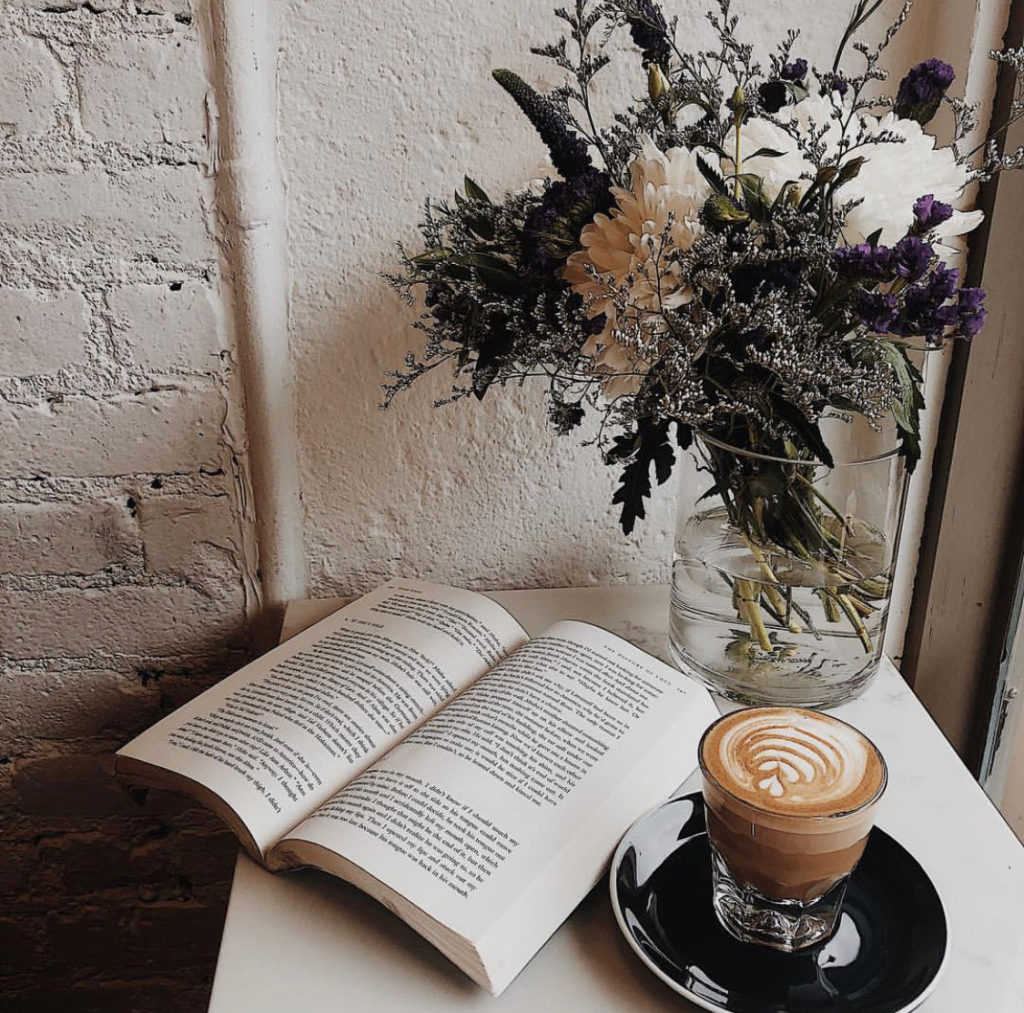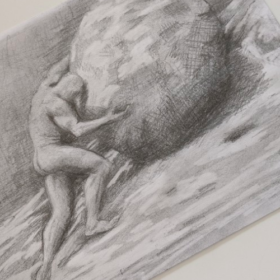While some may find it horror to touch pen to paper in the margins of their books, others find delight in the pen meandering its way across the unexplored terrains of a book — caressing the curvatures of typography, circling, underlining, and everything in between; adding an asterisk to give the page the boldness of a facial mole; ditching the paragraph block and venturing onto open lands — east, south, west, north, doesn’t matter.
Provoking the text by etching an emphatic “yes!” or a disappointed “no :(” Calling the aged writer out to an honorable duel, striking the author’s sword with an arrow here and an arrow there.
What does marginalia offer the modern subway-riding, Apple pods-wearing, charcoal latte-holding human? Egalitarianism, a memory-stamped intimacy, and the freedom to, quite literally, think outside the box.
At its finest and most admirable, marginalia is an ode to the democratic spirit. The currency here: a pen. Some of my most inquisitive and engaged questions occurred well before the conferring of any degrees. Our interaction with the margins of a book can serve as testament to the youthful spirit of curiosity we so easily dispense with in adult life.
To rekindle the youth’s sense of wonder and angst is to breathe life — into one’s book, into one’s life. Marginalia awards the observant reader the entire dance floor. The reader, pen in hand, then begins to dance an intimate dance.
Think of the feeling when you open a page from long ago and see handwriting — yours, another’s — offering you a looking-glass into a life you weren’t witness to or a memory that was once raw and in your mind’s eye.
And somewhere along the dance, the reader comes across a musing, an agreement, a disagreement.
Whatever it may be, the reader dared to venture beyond an established thought and created the rhythm of their own dance.
And so, let’s dance.



